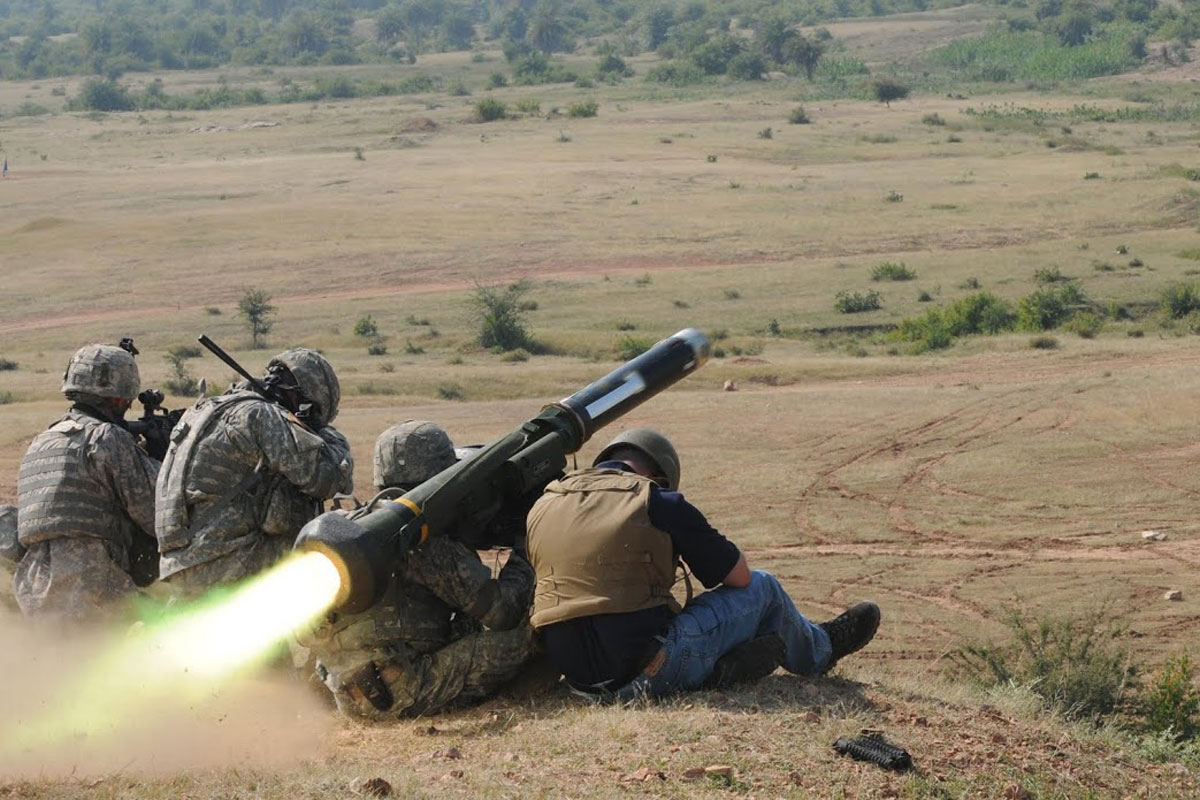Тенденции применения легкой пехоты
May. 7th, 2019 11:14 am
Снова статья из Инфантри, снова NTC: A Light Infantry Company in NTC
Про важность применения минометов и тяжелого оружия:
During the rotation, we found that fires best enabled maneuver when the battlefield geography and distribution of fires allowed the lowest commander on the ground to clear fires within his sector or area of operations. Company internal mortars are the most responsive, and the approval authority should remain at the company level in spite of some impulses to maintain clearance at higher echelons. Our mortarmen were credited with most of our more than 100 enemy kills. Fires must be planned at battalion and higher echelons in order to be effective, and the company FSO should plan a minimum of four targets per mission, no matter the primary system. The fires response time at NTC does not always match the pace of ground operations. Anticipate times of more than 30 minutes from the initial request to effects on the ground. The only way to mitigate this is to continually request assets when needed and conduct advanced planning.
- для обеспечения маневра необходимо передавать управление огнем как можно ниже;
- ротные минометы ценны своей гибкостью и разрешать им вести огонь должно на ротном уровне;
- ротный корректировщик должен работать как вол, только не пахать, а выделять цели;
- единственный способ обеспечить себе огневую поддержку высшими эшелонами это "continually request assets" и планировать действия в соответствии с ожидаемой задержкой.
Пехота хочет децентрализованій контроль.
Про Джавелины и противотанковое вооружение:
On the defense, the most important weapon system against an armored threat is the Javelin. To an extent, the company exists to employ and protect the Javelin because it is truly a tank killer, and it must be emplaced by the platoon leader and validated by the company commander as one of the first steps in establishing the defense. Each Javelin must be fortified and camouflaged in order to survive long enough to kill enemy tanks. The enemy at NTC always operated as company teams composed of both tanks and armored personnel carriers, and so analyzing the situation required determining the purpose of the enemy force facing us so that we destroyed the appropriate vehicle at the right time based on the commander’s intent. The enemy will use the terrain to their advantage and will not skyline or expose themselves unnecessarily. Gunners must scan potential hide spots, and all members of the team need training on the weapon. Javelins require manning at all times, which may mean utilizing non-assigned Soldiers. Additionally, the number of AT4s assigned per platoon is not sufficient given the requirement to disperse the company over a large area. Each squad or even each team should carry one to enable a quick response to enemy vehicles.
For a platoon with multiple Javelin teams, the optimal configuration is to have three personnel per system: a gunner, an assistant gunner, and an ammo bearer. One team should move with the command launch unit (CLU) attached to the Javelin missile while the other team moves with the CLU detached. A detached CLU is a valuable optic that the assistant gunner can use to identify targets. Attaching the CLU takes time, so the second team should have the CLU attached and rotate the weight of the system between the gunner and assistant gunner. Assistant gunners equipped with PSQ-20 night vision devices can easily identify the heat signature of a personnel carrier or tank turret at night, even if the top is not exposed.
В столковении с танковой и/или механизированной угрозой летальность пехоты напрямую зависит от гибкости, времени реакции и управляемости огня ее противотанкового оружия. По сути, Джавелин для современной американской пехоты становится такой же опорой, какой были пулеметы для немецких гренадеров ВМВ.
Про вес СИБЗ и загрузку солдата:
One of the keys to success during execution is a well-thought out load plan with different mission-set equipment configurations. During NTC 17-05, our brigade set the uniform as Improved Outer Tactical Vest (IOTV) without plates, with guidance to upgrade to plates when stationary. However, wearing the IOTV without the plates does not provide sufficient protection to bullets while still increasing the load and strain on the Soldier. We recommend that future leaders accept the risk and create different mission configurations: rucksack only, assault pack only, IOTV with assault pack, and IOTV only. The Light Mobility Tactical Vehicle (LMTV) available to infantry companies can accommodate the above equipment as well as company-level gear as long as the 1SG and XO personally supervise loading and unloading.
The following are further recommendations beyond IOTV posture for Soldier load plans based on our lessons learned. Wet- and cold-weather gear beyond a poncho and poncho liner is unnecessary, especially when Soldiers sleep in their mandatory Joint Service Lightweight Integrated Suit Technology (JSLIST). Soldiers must carry at least six quarts of water because the terrain does not provide collection opportunities for iodine water purification. One Soldier per squad should carry a rudimentary mountaineering kit, consisting of a rope and a few carabiners to aid in ascension and descent. Beyond those items, Soldiers should only carry food (as dictated by mission necessity), ammunition, spare socks, a lightweight sun cover, goggles, entrenching tool, empty sandbags, and minimal weapons cleaning and hygiene kits. This configuration reduces exertion and requires the leaders to determine the appropriate load so that Soldiers are fit to fight on the objective. Focusing on effectiveness on the objective will greatly reduce the amount of extraneous equipment and will allow the company vehicle to load primarily food and ammunition in spite of the requirement to carry personal gear.
Объектно-ориентированный план загрузки солдат и строгий учет барахла для предотвращения перегруза - то, о чем так долго талдычат большевики. Очень интересный комментарий про бесполезность бронежилета без пластин.













